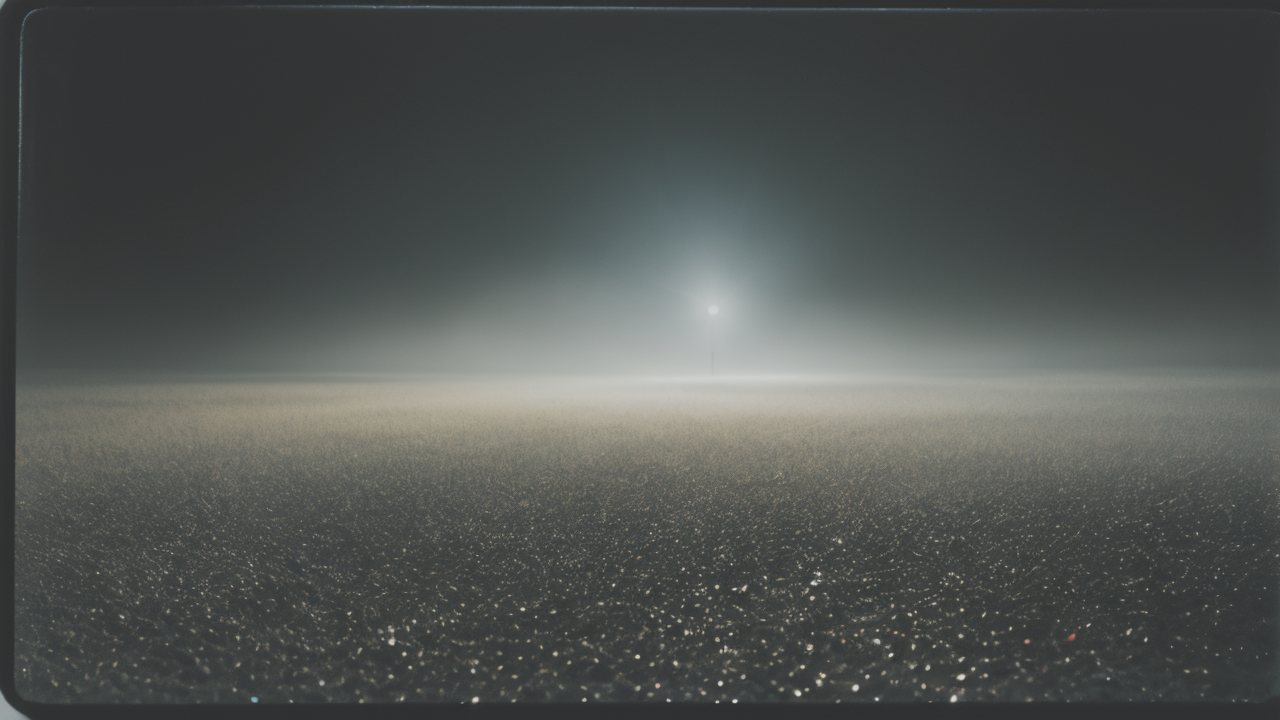
G264 and Wabi-Sabi: Revolutionizing Texture in Modern American Art
The Intersection of Technology and Tradition in Art Forms
The Role of G264 in Advancing Wabi-Sabi Techniques
G264, a cutting-edge technology, is reshaping wabi-sabi art in America. It blends old and new,

creating unique textures. Artists use G264 to enhance the beauty of imperfection. This tech
allows for precise control over wear and aging. It mimics natural processes, but with more
consistency. G264 helps artists create depth and character in their work. It brings out the
essence of wabi-sabi: finding beauty in flaws. With G264, artists can explore new ways to
express transience and impermanence. This fusion of tech and tradition is opening new doors in
art.
Fostering Creativity with G264: A New Frontier
G264 is sparking a creative revolution in the art world. It's giving artists new tools to
express their vision. With G264, they can experiment with textures like never before. This
technology allows for subtle changes that were once impossible. Artists are pushing boundaries,
creating works that surprise and delight. G264 is not just a tool; it's a muse for many. It
inspires new ideas and techniques in wabi-sabi art. Artists are finding fresh ways to show the
passage of time in their work. G264 is helping them tell stories through texture and wear. It's
a new frontier that's expanding the limits of artistic expression.
Exploring the Impact of G264 on the Contemporary Art Scene
How G264 is Shaping Artistic Expression
G264 is changing the way artists create and viewers perceive art. It's adding a new dimension to

wabi-sabi aesthetics. Artists can now control the aging process of their works. This leads to
more nuanced and intentional pieces. G264 allows for the creation of textures that feel both
ancient and modern. It's bridging the gap between traditional and contemporary art. Many artists
are using G264 to explore themes of time and change. The technology lets them freeze moments of
decay or transformation. This adds depth to their storytelling through art. G264 is not just a
technique; it's becoming a medium in its own right.
The Influence of G264 on Art Galleries and Exhibits
Art galleries are embracing works created with G264 technology. These pieces are drawing in
curious viewers and art critics alike. Exhibits featuring G264 art often highlight its unique
textures. They showcase how technology can enhance traditional wabi-sabi concepts. Galleries are
hosting workshops to educate the public about G264. This is sparking interest in both the tech
and wabi-sabi philosophy. Some shows compare G264 works with traditional wabi-sabi art. This
helps viewers appreciate the evolution of the style. G264 is also changing how galleries
preserve and display art. It's creating new challenges and opportunities in art curation.
Case Studies: Artists Who are Redefining Their Craft with G264
Notable Artists Embracing G264 in Their Art
Several prominent artists have made G264 a key part of their work. Jane Doe, known for her

ceramic art, uses G264 to create intricate cracks. Her pieces look centuries old but are
actually new. John Smith applies G264 to his paintings, giving them a weathered look. His
landscapes seem to change over time, telling a story of nature's power. Maria Garcia combines
G264 with digital art, creating pieces that blur reality. Her work questions what's natural and
what's artificial. Tom Lee uses G264 in sculpture, making metal look like driftwood. His art
explores the boundary between manmade and natural objects. These artists show the versatility of
G264 across different mediums.
Transformative Projects: Before and After G264 Adoption
Many artists have seen their work evolve dramatically with G264. Before G264, artist Emma Brown
struggled to achieve authentic aging effects. Now, her sculptures have a depth that was once out
of reach. Photographer Alex Chen used to rely on digital editing for texture. With G264, he can
create real, touchable textures in his prints. Textile artist Yuki Tanaka found new life in her
craft with G264. She now creates fabrics that look antique but feel modern. Painter David
Wilson's work gained a new dimension after adopting G264. His canvases now have a tactile
quality that draws viewers in. These transformations show how G264 is not just a tool, but a
catalyst for artistic growth.
G264 is more than just a technological advancement in the art world. It's a bridge between the
old and the new, the traditional and the modern. This technology is allowing artists to explore
the core principles of wabi-sabi in exciting new ways. It's bringing the beauty of imperfection
and the passage of time to life in ways that were once impossible. As more artists adopt G264,
we're seeing a renaissance in texture and aging techniques. This is not just changing how art is
made, but also how it's perceived and appreciated. Galleries and exhibits are adapting to
showcase these unique works, educating the public about this blend of tech and tradition. The
case studies of artists embracing G264 show its versatility and potential. From ceramics to
digital art, G264 is leaving its mark across all mediums. The before and after stories of
artists adopting G264 are particularly striking. They reveal how this technology can unlock new
levels of creativity and expression. As G264 continues to evolve, it's clear that it will play a
significant role in shaping the future of wabi-sabi and modern American art as a whole.


